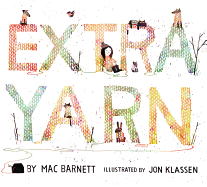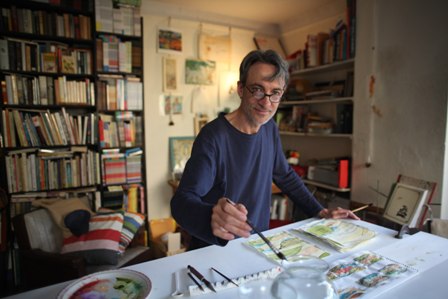 On Monday in Dallas, the 2012 Caldecott Committee awarded Chris Raschka's A Ball for Daisy (Schwartz & Wade/Random House) its top prize. The picture book stars a dog named Daisy who lives in the moment, an apt heroine for a book creator whose artwork exudes spontaneity.
On Monday in Dallas, the 2012 Caldecott Committee awarded Chris Raschka's A Ball for Daisy (Schwartz & Wade/Random House) its top prize. The picture book stars a dog named Daisy who lives in the moment, an apt heroine for a book creator whose artwork exudes spontaneity.
Congratulations!
I'm thrilled of course! I'm totally unprepared for it, unaware and all those things.
In your interview on NPR Monday, you said the inspiration for A Ball for Daisy came when your son, then four, lost his ball to a dog. Many of your books deal with a mood or feeling. Does it take time to figure out how to convey that elusive quality?
They do often begin with a particular emotion at a particular time. Finding out how to put it into book form can take a long time. In this case, it took many years. I did make the initial dummy right around then. It's quite similar to what we ended up with, but initially I had only Daisy, so you'd just see hands coming in from the side or from above, and then slowly I brought in the girl who owns Daisy. I think that made it more concrete.
We see the world as Daisy does, full of feet and hydrants and the lower trunks of trees.
That was always my intent, to push the grownups and people up high or away, and keep it centered on the viewpoint of a little dog. Sort of incidentally, in retrospect, when I introduced the idea of a new ball, I realized that dogs are colorblind. Maybe I should have done this book in black-and-white.
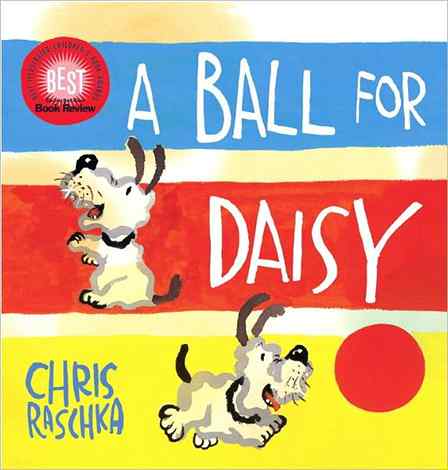 Have you always wanted to work on a wordless book? Though you've done some with minimal text--Yo! Yes? has only 34 words.
Have you always wanted to work on a wordless book? Though you've done some with minimal text--Yo! Yes? has only 34 words.
I think at that time [while working on Yo! Yes?] the notion of a wordless book was in my mind. When I decided to do this particular idea from the point of view of a dog, it made sense to keep it wordless. A wordless book has its own challenges, especially challenges in pacing and movement. I always had in the versions I'd done some full spreads, some vignettes, but my original version had more spreads. Lee Wade suggested I put in a few more moments.
We loved the eight-panel spread of Daisy's meltdown after the ball bursts.
Ah, "the stages of grief" page. That was always for me the lynchpin of the book. That's always been in the book from the beginning.
You've tackled many different topics, but your artwork consistently maintains a feeling of spontaneity. How do you do that? We saw no pencil marks.
There are no pencil marks, not that there's anything wrong with pencil marks, but it is completely immediate. I do a lot of what my friend Vladimir Radunsky calls "rehearsing." I rehearse it and rehearse it and then do the finished work. It's kind of a mental trick I have to play on myself. Sometimes I think I should use really cheap paper. Oddly enough, if I don't use really good watercolor paper, oftentimes I fake it. Watercolor paper does help focus my attention. That's not to say I don't throw out a painting. I did a book called Fishing in the Air by Sharon Creech. I painted the same picture on the front and the back of each piece of paper. And it got me a little more relaxed. Sometimes when I sketch, I do four paintings of the same thing at the same time. You have to let it be loose and know you'll throw away three-quarters of them.
It looked as if you used ink only for Daisy's eyes, nose, mouth, paws and collar. Did you ink those in first? Or do you start with watercolors and then ink in?
The ink comes last. First is this wet on wet. Then the gray that is Daisy and the girl and some other elements. That's Chinese ground ink, which is kind of soft and sometimes brownish or bluish. Then the other color moments. The last thing is the heavy opaque--either the red of the ball or the black of Daisy's mouth and eyes and collar. I consciously try to paint with all parts of the brush at once, so the tip and the fat part of the brush are doing valuable work at all times. I so often forget that. I so often focus on the tip and think, "I'll fix what's going on at the other end of the brush later." But if I really focus on the whole brush at once, that's when it really works. I'm doing a book right now for Robie Harris, and I'm using oil crayons. I'm trying to get myself to use them the same way I use a brush.
Do you have a dog?
I grew up with dogs, but I don't have one now--I'm not sure I want that getting out. I love lurking at the edges of a dog run. The real model for Daisy I saw come into a bar on 104th Street, very much like Daisy but a little scruffier. She cracked me up, that dog that day. The first Daisy was brown, but this dog that walked into the bar was white.
Do you like the structure of a 32-page picture book?
That's the great thing about picture books. You have a structure and you can push at the boundaries. If the boundaries are gone, it can deflate. It's like the three-minute song. I think that's why poetry so often works well with picture books. Poems are very heightened, usually a single emotion or a single idea that's conveyed or made vivid in 32 pages or 14 lines.
It's interesting that you released Seriously Norman!, your first novel and your book with the most words, the same year that you released A Ball for Daisy, your first book with no words. Were you working on them both at the same time?
Yes, in fact, very much at the same time. Doing the novel is a whole new world for me, but in some ways it's similar in the shaping. It's just with a novel you have to read the whole thing to see the shape of it. With a picture book, you can lay it all on the floor. In other ways, I think it's easier. There's only one way to write the word "dog" and there are so many ways to paint a dog. --Jennifer M. Brown
 The Kirshbaum operation is publishing narrative nonfiction, literary fiction, business books and children's/YA. Its authors include Tim Ferriss, Penny Marshall, Deepak Chopra and James Franco.
The Kirshbaum operation is publishing narrative nonfiction, literary fiction, business books and children's/YA. Its authors include Tim Ferriss, Penny Marshall, Deepak Chopra and James Franco.











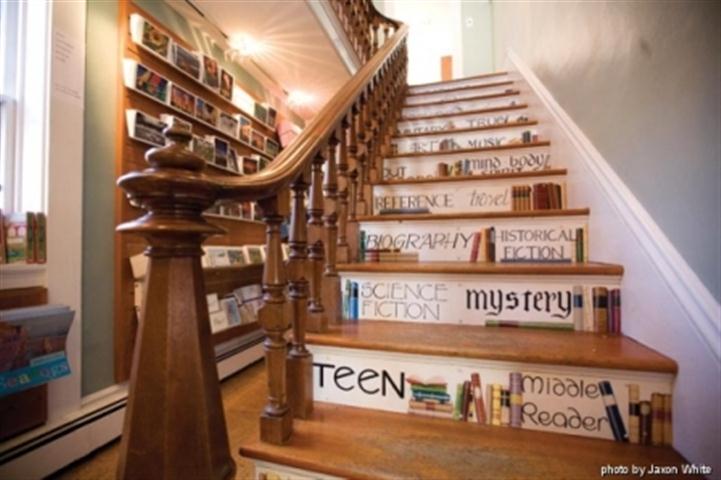 David and Ann LeBreton, co-owners of
David and Ann LeBreton, co-owners of 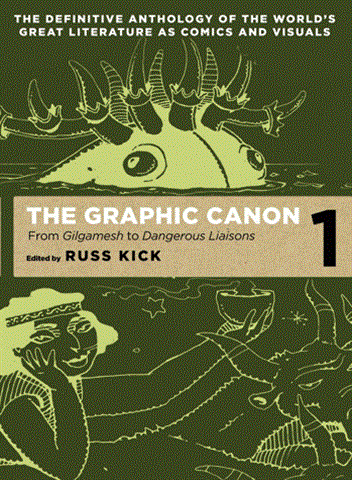 Seven Stories publisher Dan Simon said it is a "great time for independents" with a "return to editorially driven quality books." In April, Seven Stories releases The Graphic Canon, Vol. 1: Gilgamesh to Shakespeare to Dangerous Liaisons, edited by Russ Kick. Calling Kick a "true Renaissance man," Simon said the three-volume project brings together "great comic artists with the great literature." More than 130 graphic artists are featured in the comprehensive reimagining of literature.
Seven Stories publisher Dan Simon said it is a "great time for independents" with a "return to editorially driven quality books." In April, Seven Stories releases The Graphic Canon, Vol. 1: Gilgamesh to Shakespeare to Dangerous Liaisons, edited by Russ Kick. Calling Kick a "true Renaissance man," Simon said the three-volume project brings together "great comic artists with the great literature." More than 130 graphic artists are featured in the comprehensive reimagining of literature.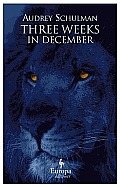 After thanking booksellers for supporting its past titles and its new Tonga imprint, Europa's Michael Reynolds presented Three Weeks in December by Audrey Schulman, a novel about a young American engineer overseeing a railroad in East Africa, to be released at the end of the month. "I knew I'd take it this book to Winter Institute as soon as I read it," said Reynolds. "And it doesn't even have an awkward title, " he added, nodding to its bestselling Elegance of the Hedgehog by Muriel Barberry.
After thanking booksellers for supporting its past titles and its new Tonga imprint, Europa's Michael Reynolds presented Three Weeks in December by Audrey Schulman, a novel about a young American engineer overseeing a railroad in East Africa, to be released at the end of the month. "I knew I'd take it this book to Winter Institute as soon as I read it," said Reynolds. "And it doesn't even have an awkward title, " he added, nodding to its bestselling Elegance of the Hedgehog by Muriel Barberry.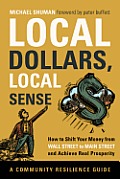 Chelsea Green's Michael Weaver took a lighthearted swipe at his company's image, saying that he would take to calling most of its authors "tireless activists," as he presented works by two who clearly fit that bill: Michael Shuman (Local Dollars, Local Sense, Feb.) and Sandor Ellix Katz (The Art of Fermentation, May). Chelsea Green hopes to partner with booksellers to create local events for the former and welcomes an introduction by Michael Pollan in the latter.
Chelsea Green's Michael Weaver took a lighthearted swipe at his company's image, saying that he would take to calling most of its authors "tireless activists," as he presented works by two who clearly fit that bill: Michael Shuman (Local Dollars, Local Sense, Feb.) and Sandor Ellix Katz (The Art of Fermentation, May). Chelsea Green hopes to partner with booksellers to create local events for the former and welcomes an introduction by Michael Pollan in the latter.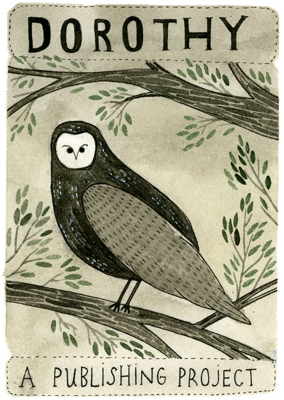 The only nonprofit literary distributor in the country, Small Press Distribution offers titles that help indie booksellers have inventory that distinguishes them from chain stores, said the company's Meg Taylor. Among the works she highlighted: The Modern Predicament, essays by George Scialabba (Pressed Wafer), with a foreword by Barbara Ehrenreich, which gets to the "core of relevant current events" against the backdrop of the Occupy movement, and the Dorothy Publishing Project, a initiative publishing works of fiction and "near fiction" by (mostly) women writers, including Renee Gladman. "A black, lesbian poet writing fiction?" Taylor asked. "That's really SPD for you."
The only nonprofit literary distributor in the country, Small Press Distribution offers titles that help indie booksellers have inventory that distinguishes them from chain stores, said the company's Meg Taylor. Among the works she highlighted: The Modern Predicament, essays by George Scialabba (Pressed Wafer), with a foreword by Barbara Ehrenreich, which gets to the "core of relevant current events" against the backdrop of the Occupy movement, and the Dorothy Publishing Project, a initiative publishing works of fiction and "near fiction" by (mostly) women writers, including Renee Gladman. "A black, lesbian poet writing fiction?" Taylor asked. "That's really SPD for you."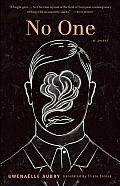 Tin House is known for translations and passion projects, and among the books Nanci McCloskey highlighted were: No One by Gwenaelle Aubry, with an introduction by Rick Moody, a "fictional memoir" by a daughter about a father with bipolar disorder; and Welcome to Paradise, the prize-winning book by Mehi Binebine, translated by Lulu Norman, which McCloskey said contained "the most shocking ending" she has read in "recent history."
Tin House is known for translations and passion projects, and among the books Nanci McCloskey highlighted were: No One by Gwenaelle Aubry, with an introduction by Rick Moody, a "fictional memoir" by a daughter about a father with bipolar disorder; and Welcome to Paradise, the prize-winning book by Mehi Binebine, translated by Lulu Norman, which McCloskey said contained "the most shocking ending" she has read in "recent history."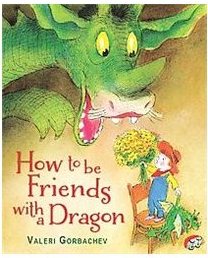 Albert Whitman is known for publishing "issues books for children," and author Alison Formento and illustrator Sarah Snow follow up the success of This Tree Counts! with These Bees Count!, exploring the environmental ramifications of hive collapse. Margaret Coffee also promised Whitman would deliver a prequel to the Boxcar Mysteries that "explains how they got in the boxcar in the first place" and How to Be Friends with a Dragon by Valeri Gorbachev, because you never know when you'll need the "do's and don'ts" of dragons.
Albert Whitman is known for publishing "issues books for children," and author Alison Formento and illustrator Sarah Snow follow up the success of This Tree Counts! with These Bees Count!, exploring the environmental ramifications of hive collapse. Margaret Coffee also promised Whitman would deliver a prequel to the Boxcar Mysteries that "explains how they got in the boxcar in the first place" and How to Be Friends with a Dragon by Valeri Gorbachev, because you never know when you'll need the "do's and don'ts" of dragons.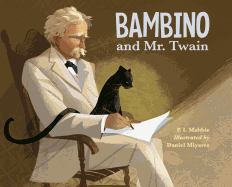 Children were not left out of the indie press picks at WI7. Neil Sedaka and son Marc have a new book coming form Charlesbridge in February, Dinosaur Pet, which revisits his hit song "Calendar Girl." Charlesbridge's Donna Spurlock also featured David McPhail's forthcoming Pig Pig Meets the Lion, by "the master of hilarious details," and Bambino and Mr. Twain by Priscilla Maltbie, about a special cat who might have enriched Samuel Clemens's old age.
Children were not left out of the indie press picks at WI7. Neil Sedaka and son Marc have a new book coming form Charlesbridge in February, Dinosaur Pet, which revisits his hit song "Calendar Girl." Charlesbridge's Donna Spurlock also featured David McPhail's forthcoming Pig Pig Meets the Lion, by "the master of hilarious details," and Bambino and Mr. Twain by Priscilla Maltbie, about a special cat who might have enriched Samuel Clemens's old age.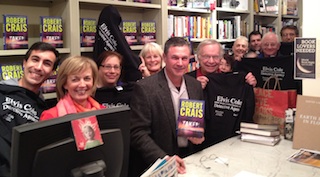
 Among some of the amusing 25 things learned on the job by the owner of a used bookstore:
Among some of the amusing 25 things learned on the job by the owner of a used bookstore: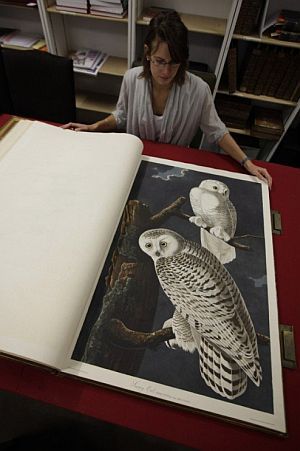 An extremely rare first edition of John James Audubon's
An extremely rare first edition of John James Audubon's 
 On Monday in Dallas, the 2012 Caldecott Committee awarded Chris Raschka's A Ball for Daisy (Schwartz & Wade/Random House) its top prize. The picture book stars a dog named Daisy who lives in the moment, an apt heroine for a book creator whose artwork exudes spontaneity.
On Monday in Dallas, the 2012 Caldecott Committee awarded Chris Raschka's A Ball for Daisy (Schwartz & Wade/Random House) its top prize. The picture book stars a dog named Daisy who lives in the moment, an apt heroine for a book creator whose artwork exudes spontaneity. Have you always wanted to work on a wordless book? Though you've done some with minimal text--Yo! Yes? has only 34 words.
Have you always wanted to work on a wordless book? Though you've done some with minimal text--Yo! Yes? has only 34 words. Alene Moroni is manager of collection development at the King County (Wash.) Library System, the 2011 Gale/Library Journal Library of the Year. KCLS circulated more than 22 million items in 2010. Moroni coordinates collection planning for the organization, leading a team of seven librarians and selecting titles for the popular Choice Reads shelves of current paperback releases in KCLS's 46 library locations. In addition, she is a yoga teacher, tea drinker, bicyclist, cat lady and moviegoer; she can often be found thrift shopping for clothes and chasing her cats around the house begging for affection.
Alene Moroni is manager of collection development at the King County (Wash.) Library System, the 2011 Gale/Library Journal Library of the Year. KCLS circulated more than 22 million items in 2010. Moroni coordinates collection planning for the organization, leading a team of seven librarians and selecting titles for the popular Choice Reads shelves of current paperback releases in KCLS's 46 library locations. In addition, she is a yoga teacher, tea drinker, bicyclist, cat lady and moviegoer; she can often be found thrift shopping for clothes and chasing her cats around the house begging for affection.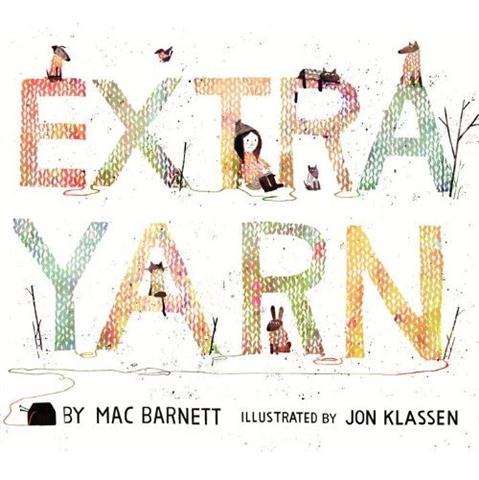 Mac Barnett and Jon Klassen knit together a story of a girl named Annabelle who transforms her town with her gifts, and the abundance that grows from her generosity.
Mac Barnett and Jon Klassen knit together a story of a girl named Annabelle who transforms her town with her gifts, and the abundance that grows from her generosity.